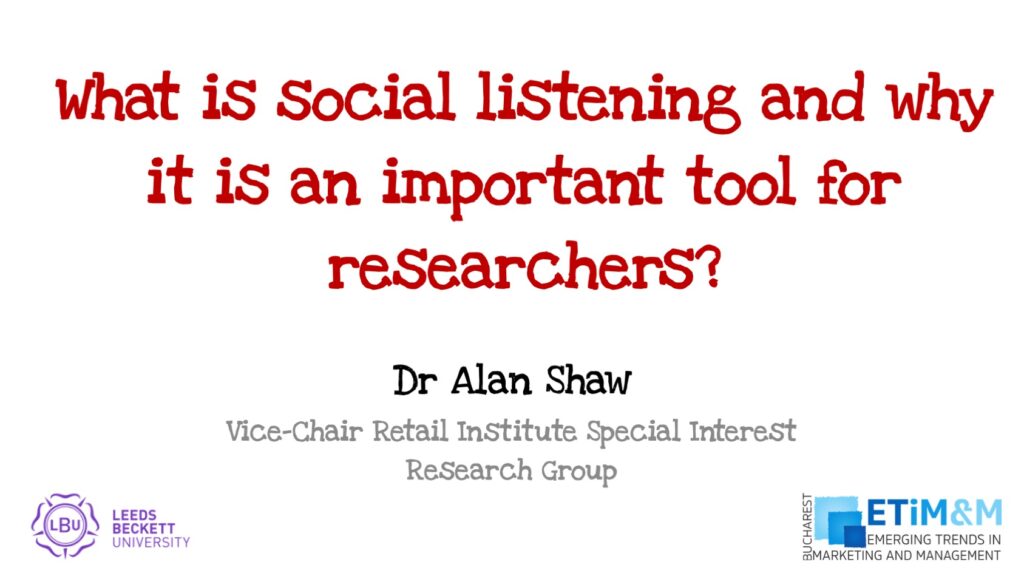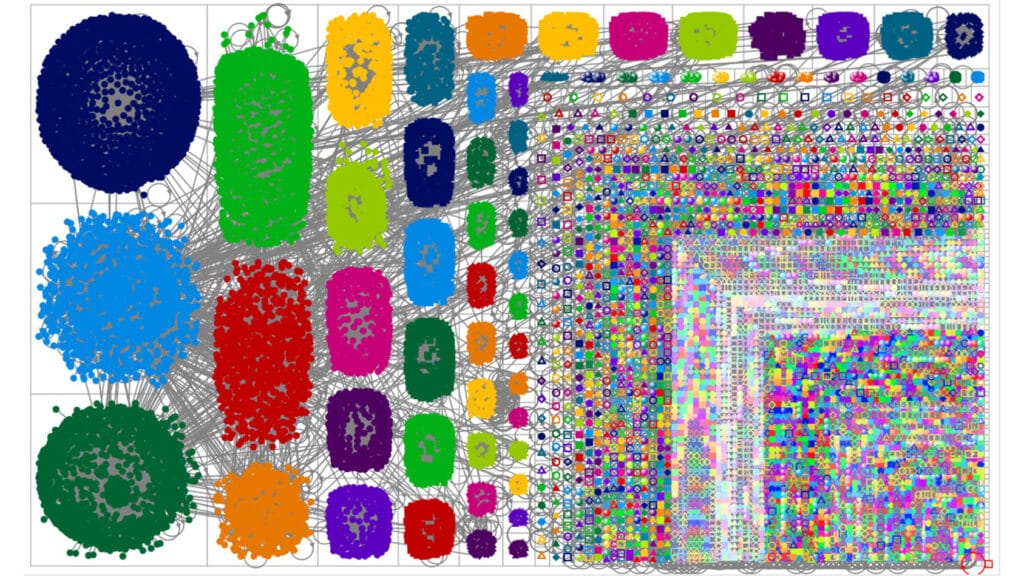This article provides the reader with an introduction to intellectual property (IP) and how it should be managed. It will give individuals some direction on what they need to do to protect their businesses, creations and ideas. It is split into three sections: copyright, trademarks and patents, building on my last post: “Things To Consider When Reviewing A Contract“. It should also be noted that the data is based on UK legislation although many of the principles are similar in other countries.
Copyright.
Copyright is an automatic protection right (i.e., you don’t have to pay for it). Copyright covers written, theatrical, film, photographic, musical (including sound recordings / broadcasts) and artistic works. Copyright protected items can have other IP rights associated with it, i.e., the artwork of your logo, which will have a copyright attributed to it, can also be protected with a registered trademark.
You should have the © symbol visible together with the name of the copyright owner and the year in which the work was created on the pieces of work you wish to protect although this is not essential. The Intellectual Property Office (IPO) recommends that:
“A creator should send himself or herself a copy by special delivery post (which gives a clear date stamp on the envelope), leaving the envelope unopened on its return (ensuring you also know what is inside each envelope in case you do this more than once)”.
I would be a little concern with this as it is open to abuse. The IPO also state that you could lodge your work with a bank or solicitor but this all costs money.
In general, the length of protection is 70 years from the end of the year in which the (last remaining) creator dies. For sound recordings the protection lasts for 50 years from the end of the year in which it was made unless it was published or communicated to the public, in which case the protection is extended to 70 years from the end of the year of publication. It should be noted that copyright works originating outside the UK might have shorter protection rights.
You should always bear in mind that if you commission someone to produce a piece of work for you, they will be the owner of the design unless it is agreed in writing before hand (note, photographs taken before the 1st August 1989 will belong to the commissioner of the photographs). Another important factor is, social media platforms may transfers some or all of the IP rights of the items you post when you accept their terms. As an example, Facebook can use or transfer the IP rights of photos and videos you post on their site:
“For content that is covered by intellectual property rights, like photos and videos (IP content), you specifically give us the following permission, subject to your privacy and application settings: you grant us a non-exclusive, transferable, sub-licensable, royalty-free, worldwide license to use any IP content that you post on or in connection with Facebook (IP License). This IP License ends when you delete your IP content or your account unless your content has been shared with others, and they have not deleted it.” (Facebook Terms)
Trademarks.
Trademarks are a way of differentiating your brands (products and services) from your competitors. It is usually the logo, words or a combination of both that are trademarked. You have to register the trademark in your country’s appropriate office (in the UK it is the Intellectual Property Office). Trademarks cannot be registered if:
- They describe your goods or services or any characteristics of them, for example, marks which show the quality, quantity, purpose, value or geographical origin of your goods or services;
- They have become customary in your line of trade;
- They are not distinctive;
- They are three dimensional shapes, if the shape is typical of the goods you are interested in (or part of them), has a function or adds value to the goods;
- They are specially protected emblems;
- They are offensive;
- They are against the law, for example, promoting illegal drugs; or;
- They are deceptive.
There should be nothing in the mark which would lead the public to think that your goods and services have a quality which they do not.
Once you have registered your trademark you will be given exclusive rights to use that mark for a given country (you will need to make an application for each country you wish to operate in. Alternatively you can make an “international application” if the countries you have selected have signed up to the Madrid protocol or you can make a “Community Trademark” for use in Europe). Once registered, you can use the ® symbol: this will indicate to others that it has been Trademarked, note using the ® symbol if it has not been registered is an offence.
Trademarks need to be renewed every 10 years.
Patents.
Patents are designed to protect new inventions. They cover:
- How things work;
- What they do;
- How they do it;
- What they are made of; and/or;
- How they are made.
The invention must also:
- Be new;
- Have an inventive step that is not obvious to someone with knowledge and experience in the subject; and/or;
- Be capable of being made or used in some kind of industry.
If you wish to maintain your patent then you need to renew it on the 4th anniversary of the filing date then again every year after that. You may decide not to renew it or voluntarily cancel it, this can be done at any time. Patents can only be renewed up to 20 years, it will give you protection in the country of application. Some countries may allow you to extend your UK patent, and accept it as protected in that country after completing certain local formalities. The UK is party to the Patent Co-operation Treaty (PCT), this means that you can file a single international patent application with a PCT Receiving Office in one language and in accordance with one set of rules, seeking simultaneous patent protection in a number of PCT contracting States.
Credits:
Information source: The Intellectual Property Office [Accessed July 2014] based on a Open Government Licence
Images adapted courtesy of Chaloemphan and Stuart Miles/ FreeDigitalPhotos.net
Alan Shaw
Latest posts by Alan Shaw (see all)
- What is social listening and why it is an important tool for researchers? - July 31, 2021
- COVID-19 and Remote Learning: Experiences of parents supporting children with SEND during the pandemic. - June 30, 2021
- Using Netnography To Evaluate The Launch And Collapse Of The European Super League - April 21, 2021
- Developing Semi-Structured Interview Questions: An Inductive Approach. - April 9, 2020
- Developing Semi-Structured Interview Questions: A Deductive Approach - April 9, 2020















